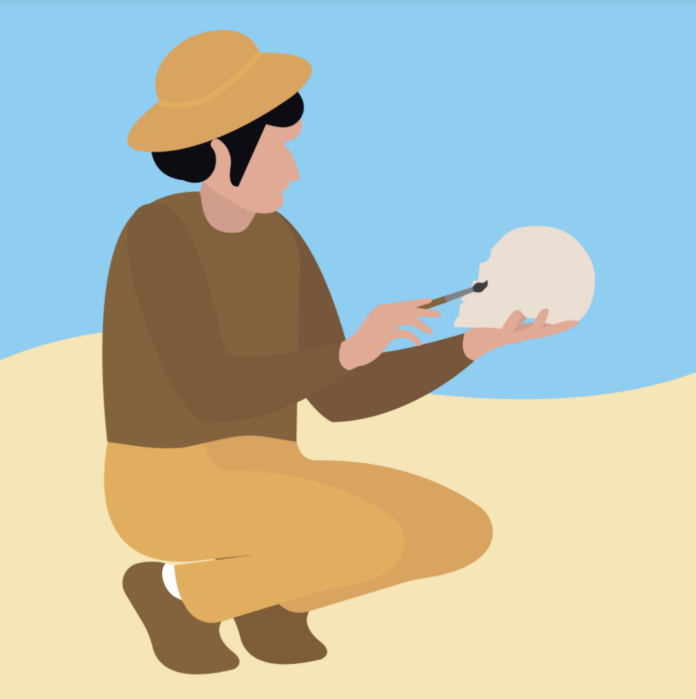In southeast Asia, there are many unknowns concerning the population history of early modern humans. The archaeological record in this area is minimal and the tropical climate is not ideal for the preservation of ancient human DNA. However, a recent discovery may fill in the gap in the record when it comes to an ancient culture of Toaleans.
A 7,000 year-old skeleton of an 18-year-old female was unearthed in the island of Sulawesi in Indonesia in 2015 and has since had DNA extracted. The DNA has revealed that the female shares ancestry with New Guineans and Aboriginal Australians as well as an extinct species of ancient human known as the Denisovans.
The limestone cave in Sulawesi where the female skeleton was found is part of a region known as Wallacea, which is the gateway by which many ancestors of modern Paupuan and Aboriginal Australians travelled. Another notable discovery from this region is the ‘Hobbit’ skeleton of the early species Homo floresiensis, which was found south of Sulawesi on the island of Flores. Regarding DNA discoveries, only two pre-Neolithic human genomes have been sequenced from this region previously, both being from mainland hunter-gatherer sites including Pha Faen in Laos and Gua Sha in Malaysia. The presence of Denisovan DNA in this current DNA sequence may also suggest that Denisovans and modern humans intermingled and interbred in this region.
“The recent analysis of ancient DNA from a young woman’s skeleton in Indonesia is another example of the exciting potential of DNA to refine and revise our understandings of past peoples,” said Maria Liston, a professor from the University of Waterloo’s Anthropology Department. Liston added that this discovery may “remind us that ancient peoples traveled more widely than we have recognized.”
The skeleton, named Bessé — which is a Bugis word for young woman — is described by Nature in the latest study published in August, as a truly significant discovery in that it represents a previously undescribed ancestry profile from a unique period of time where Papuan and Aboriginal Australian groups split. On this, Liston said, “When we are building models for how humans evolved, we need to keep in mind that there were not single migrations of groups that went to a new home and stayed there.” Liston explains how, “ancient peoples traveled widely, moving back and forth across the landscape, rather than in unidirectional great migrations that colonized an area and never moved again.” The significance of this is that, “this result[s] in the genetic complexity we are beginning to find with each new study.” A genetic complexity that is important to continue to map.
“I am pleased that the remains were confirmed to be a woman’s, since not long ago all the narratives referred only to ‘early man’ making these journeys. It is good that the women are no longer invisible participants,” added Liston.
































